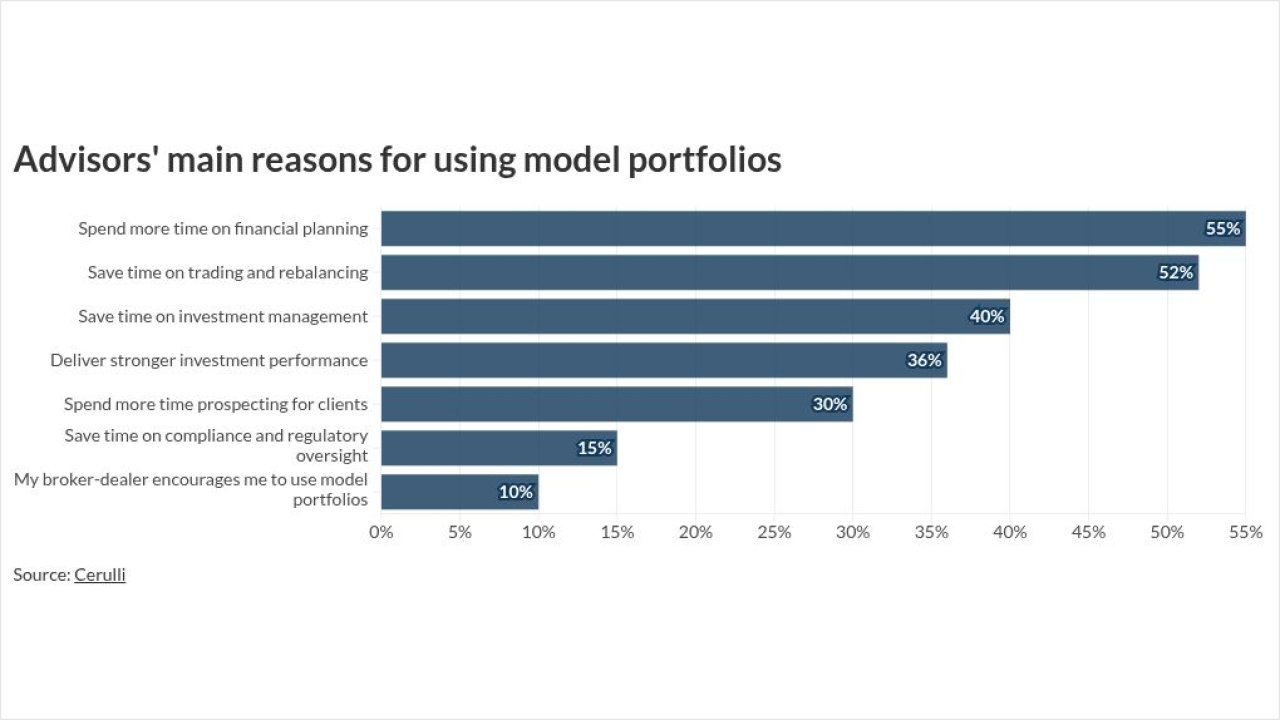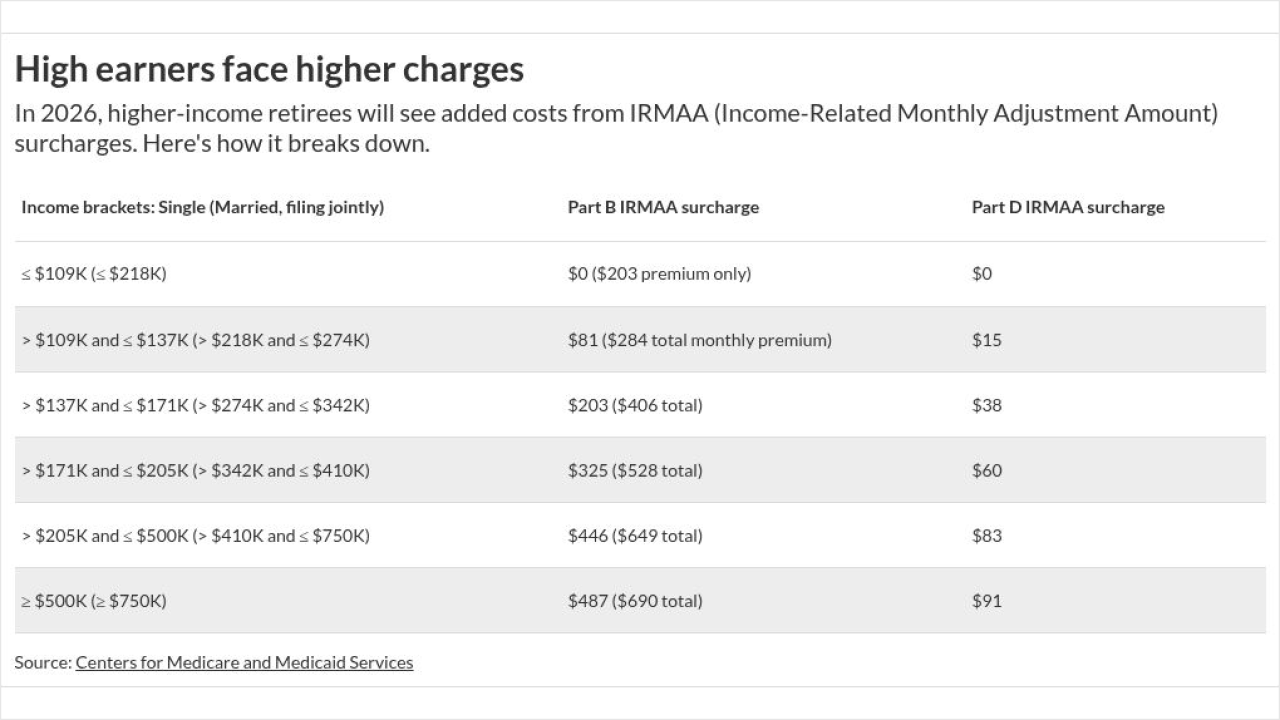There’s an arms race underway when it comes to digital advice, and United Capital wants to help human advisors stay ahead of the robos.
The key, says United Capital CEO Joe Duran, is to arm them with the right technology.
“The indispensable advisor of the future must deliver a collaborative, mobile, life-enriching client experience to be competitive,” Duran said in a statement. “The future is bionic.”
The Newport Beach, California-based RIA and its subsidiary FinLife Partners are launching FinLife CX, a white-label system that includes a client experience platform, along with training and coaching for clients. The new platform evolved from FinLife OS, an earlier version United Capital launched less than two years ago, which unlike the newer version, required advisors to fully convert from their existing CRM.
“As we continue to evolve the platform, we’ve been working to deliver the client experience without having to convert an advisor's entire CRM,” Duran said in a statement. “It will allow for three things to happen: shortening the time to begin delivering the unique financial life management process; expanding our universe of potential partners; and revising our pricing to reflect a cleaner, simpler, per-client model.”
Duran says the technology can help advisors compete better with large robo advisors and charge accordingly. The mobile-ready platform not only allows clients to track their financial plans, goals and accounts digitally, but also access a video messenger, through which they can received personalized advice from their advisor. A financial scorecard helps clients understand how market shifts impact their financial lives, and a discovery tool called MoneyMind poses new clients with a series of rapid-fire questions to reveal their biases around money.

“Most advisors in the industry are investment managers who deliver a plan once a year — one-and-done plans. The challenge is they are still charging 1% to clients that can get the same underlying tools and products at Vanguard for 30 basis points,” Duran says. “The tide is going out and clients are asking, ‘How are you different from anyone else? What do you do that justifies a fee that is three times higher than the big robos? Your client experience has to be three times better.”
Since United Capital first launched FinLife OS, the platform has added 22 partner firms and $9 billion in new client assets, the firm says. The firm has approximately $21.5 billion in assets under management, according to its latest Form ADV.
Following the new product launch, Duran expects to pass 30 firms on the platform and upwards of $25 billion in client assets by year’s end. He says the average RIA on the platform manages approximately $600 million in client assets. FinLife CX costs $600 per year per client.
Digital advice is a fiercely competitive space, and the large robos have also been upgrading their offerings to keep pace. Betterment, one of the largest independent robo advisors, has tried to make new inroads into traditional wealth management by offering human RIAs on their platform. Meanwhile, their west-coast rival Wealthfront has focused on adding new fund selections, like a risk-parity mutual fund. Both innovations would have been unheard of just a few years, ago, experts say.
Vanguard though represents the
“Independent advisors could get wiped out by these mega brands that are competing against them,” Duran says. But many large robos can’t match the level of client care that human advisors can, he says.
“If advisors can figure out how to get into the client’s cellphone, and deepen the relationship so it’s comprehensive, and change the pricing structure to charge for what clients care about — that’s the goal,” Duran says. “Most advisors don’t know where to start.”
Currently, United Capital spends $10 million in R&D annually and has cumulatively spent upwards of $100 million researching the new technology, Duran says.
An experience-based strategy might work for advisors already battling extreme fee compression on the investment management side of the relationship, says Aite Group researcher director Alois Pirker.
“It’s a smart direction,” Pirker says of a shift toward client relations. “The RIA space is a very diverse set of advisors some that are investment managers and some that are planners. On the management side, fees are dropping and it’s getting harder to charge clients — especially with this massive shift toward passive instruments. Investment management has been commoditized. That is not where you want to differentiate.”
Instead, the client relations side of the business is ripe for innovation, he says.
“Working with clients and identifying their goals is where advisors will differentiate themselves in the long run,” Pirker says. “Customization and understanding client needs, that can only be scaled so much.”
Whether a focus on the client will eventually dominate the philosophy of advisory firms, like Duran foresees, remains to be seen. “That’s a bit of an extreme picture,” Pirker says.
While there is a need for robo advising that can cater to the lower-end investors, the idea of incumbent robos overtaking independent advisors might be exaggerated, he says, adding that the complexity of HNW portfolios will likely still need a human touch.
“Traditionally, financial planning has been catered toward the HNW model,” Pirker says. “Of course, there’s a large chunk of the market that’s not interested in paying for that complexity and want simple solutions. Advice used to come with a certain price tag in the past, and it’s true, that’s about to change. But, there is certainly room for both. ”
What is consistent amid all investor strata is the need for reassurance, he says. “What is a constant need across the board is that you are wondering about how you’re getting to retirement and if you’re on the right track,” Pirker says. “The investment strategy is almost secondary.”
With traditional RIAs focused on the HNW crowd and robos catering to the masses, firms will continue to evolve their offerings to bridge the gap, Pirker says, and find new sources of client assets.
“It’s going to be fascinating to watch,” Pirker says.
Why is Duran so confident about the importance of client experience? Just look to the coffee shops on almost every corner, he says.
“Starbucks charges $4.50 for a cup of coffee — and not 50 cents — not because of the quality of the coffee,” Duran says, citing a conversation he once had with a Starbucks executive. “It’s everything that happens in between the client getting that cup of coffee. And, that’s true in our industry, as well. If there’s not a lot in between the client and a financial plan, then you can charge 30 basis points.”
“If there is then you can charge a whole lot more.”





